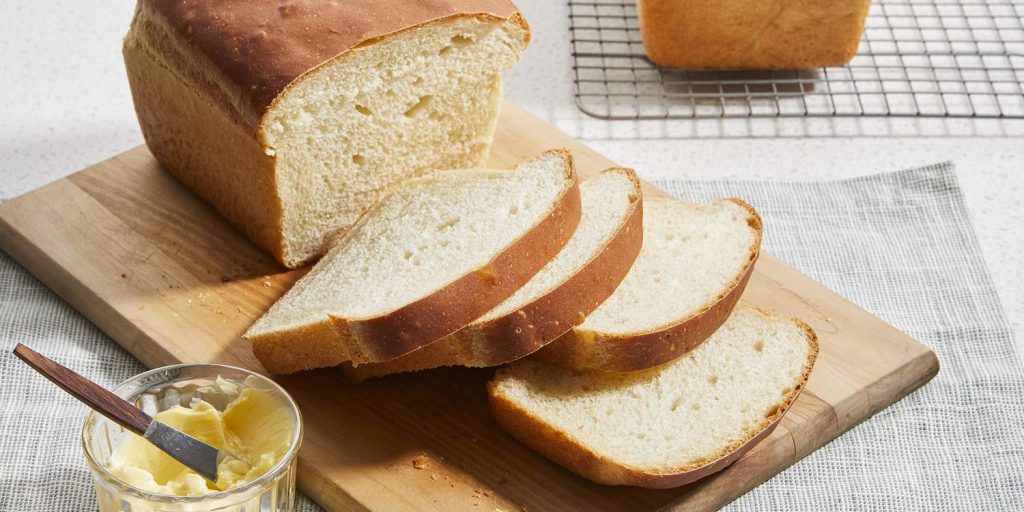Have you ever wondered how a toaster works? You know that when you press the button, two metal coils heat up and toast your bread. But what happens between pressing the button and getting your perfectly browned toast? Let’s take a look at the inner workings of the humble toaster.

Table of Contents
The Basics of Toasting
At its most basic level, a toaster is composed of an insulated housing, heating elements, and a timer. The timer controls power flow to the heating elements, which are usually made of nichrome wire or carbon rods.
When you press down on the lever, it triggers a spring-loaded switch which turns on the power supply. This sends electricity through the nichrome wire or carbon rods and heats them up, creating an electromagnetic field around them. As soon as you release the lever, the spring releases the switch and turns off the power flow.
The Magic of Toast Browning
Now for some science: when bread is placed in between these heated coils (or elements), it produces a reaction called “the Maillard reaction”—which is also responsible for things like browned steak or baked bread.
In this process, sugar molecules break down and react with amino acids in food, producing new compounds that give food its unique flavor and color. So when you put your bread inside your toaster, these reactions cause it to turn golden brown as it cooks—all thanks to those hot coils!
But wait there’s more! The timer helps control how long your bread stays in there so that it doesn’t get too dark or too light. The longer the time setting is set for, the darker your toast will be because more time has been given for heat energy to be transferred into your food.
And if you don’t like your toast dark? Then just set the timer for a shorter period of time!
The Toaster Exterior
Toasters come in all shapes and sizes, but most are made up of two slots for bread, a dial to control how dark you want your toast, and a lever to push down when you’re ready to get started. The exterior is also where you’ll find the crumb tray, which can be removed and emptied out every now and then.
The Wiring
Inside the body of the toaster is where things get interesting. Wires inside connect the power source (your outlet) with the heating elements that will eventually turn your bread into toast. There are two sets of wires connected so that both sides of your bread get heated evenly. The wires are usually connected by screw terminals or clamps that keep them securely in place.
The Heating Elements
The heating elements are located on either side of each slot. These elements are typically made from Nichrome wire—a type of alloy resistant to oxidation—which is coiled around a ceramic insulator. When electricity runs through these coils it creates heat, which is what browns your bread. Most modern toasters have adjustable settings so you can customize how light or dark you like your toast.
Read more:
The Truth About Convection Vs Toaster Ovens: How the Latter Wins Every Time
FAQs
How does a microwave-toaster oven combo work?
A microwave-toaster oven combo is a multifunctional kitchen appliance that combines the functions of both a conventional toaster oven and a microwave. Typically, it features two cavities – one dedicated to microwaving and another designed for toasting and baking.
The microwaving cavity works in much the same way as a traditional microwave, utilizing microwaves to quickly heat and cook food. The toaster oven cavity, meanwhile, uses conventional heating elements – often the same kind used in full-sized ovens – to bake and toast food.

The microwave-toaster oven combo has grown increasingly popular in recent years thanks to its ability to handle almost any cooking task with ease.
Not only does it provide unmatched versatility, but it also takes up minimal counter space – a boon to smaller kitchens and households. With the right combination of settings, you can make everything from pizza to popcorn in this handy appliance with relative ease.
Given its broad range of capabilities, the microwave-toaster oven combo is an excellent addition to any modern kitchen. With the right appliance, you can make everything from breakfast to dinner with ease – all without taking up too much counter space. And since it features two separate cavities, you can even cook multiple dishes at once!
So why not give this handy kitchen helper a try? You’ll be glad you did!
How does a toaster timer work?
Toasters use a timer to control the heating element and toast your bread.
The timer is usually an electromechanical device with a winding knob or lever and contacts that open and close as it rotates. As the timer turns, it passes through different cycles of opening and closing the contacts to energize the heating elements for specific amounts of time.
This is how the toaster knows when to turn off the heat and pop up your toast. The timer also keeps the heating elements from staying on too long, which could cause a fire.
Most modern toasters have digital timers that electronically control the heat and time settings. In these models, you can usually set your desired doneness level with a few simple buttons. To ensure safety, these timers shut off automatically when the toasting process is complete.
No matter what kind of toaster you have in your kitchen, it will always be equipped with a timer so that you get perfectly toasted bread every time! With just a few twists and turns or a few clicks of the button, you can enjoy the perfect slice of toast.
Conclusion:
So there you have it; a simple explanation of how a toaster works! From electricity flowing through heated coils to producing delicious toast through chemical reactions like the Maillard reaction—toasters are incredibly complex machines despite their small size and simple appearance. We hope this article has helped demystify how our favorite breakfast appliance works! Now go enjoy some freshly-toasted bread with all that newfound knowledge!
References:
https://search.informit.org/doi/epdf/10.3316/informit.237316189748590








